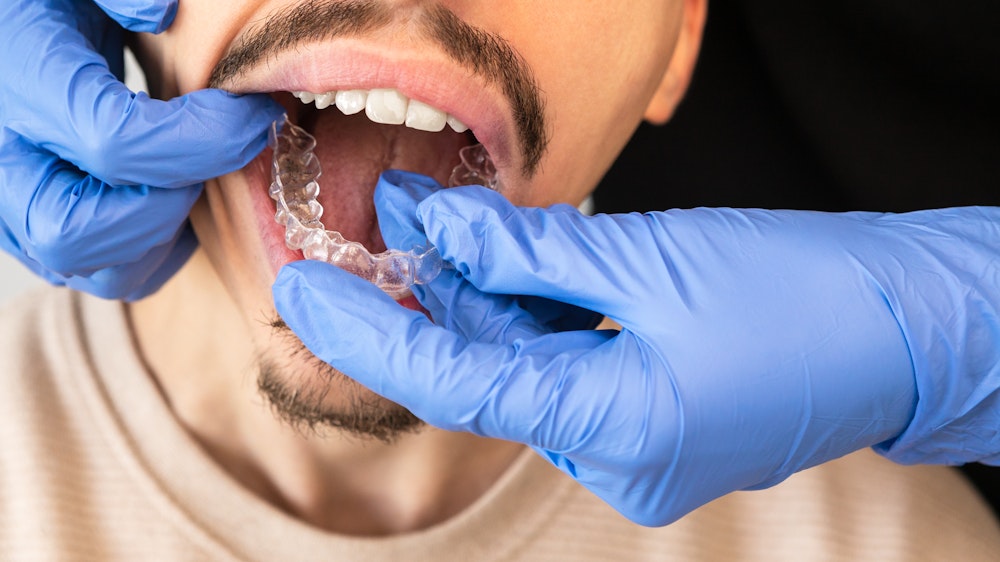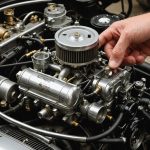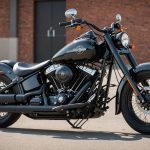Understanding Headlight Alignment
Headlight alignment basics are crucial to ensuring optimal visibility and safety while driving, especially for vintage cars. Proper alignment means adjusting the headlights so they illuminate the road effectively without blinding oncoming traffic. This process involves setting the horizontal and vertical planes of the headlights to match specific angles dictated by vehicle design and regulatory standards.
For vintage cars, maintaining correct headlight alignment is particularly important. Over time, factors like suspension wear or changes in vehicle height can lead to headlight misalignment. Such misalignment can pose various problems, including reduced visibility at night or in poor weather conditions and increasing the risk of accidents.
Also read : Essential Safety Tips for Upgrading Your Vehicle with a Digital Dashboard
Regulations and standards play a significant role in defining acceptable headlight positioning. Various regions have specific guidelines on how headlights should be aimed, often requiring adjustments to be made during vehicle inspections. These standards ensure drivers are not using headlights in a way that may impair other road users.
Misaligned headlights can cause a range of issues, from dazzling other drivers to leaving dark spots on the road. It’s essential for vintage car enthusiasts to periodically check and adjust their headlights to meet current standards and optimise safety.
Also to discover : Essential Safety Measures for Testing and Fine-Tuning High-Performance Brake System Alignment
Tools and Equipment Needed
When tackling headlight alignment in vintage car maintenance, having the right toolkit is crucial. Here’s a breakdown of the basic and additional tools you’ll need.
Essential Tools:
- Headlight Alignment Tools: These include beam setters, which are indispensable for ensuring your headlights are at the correct angle.
- Screwdrivers: Various sizes may be necessary to adjust headlight mounts.
- Spirit Level: This tool helps ensure your vehicle is on a flat surface, a crucial factor in proper alignment.
Additional Equipment:
For a more precise alignment, additional equipment such as laser alignment devices can be incredibly effective. These might not be essential for all but are beneficial in achieving professional results.
Vintage vs. Modern:
For vintage cars, specific tools are often needed due to unique design features. For instance, older models may require bespoke headlight alignment tools tailored to their specific assembly. On the other hand, modern tools can sometimes be adaptable, but using the right tool for vintage-specific needs prevents potential damage.
Investing in the right necessary equipment not only facilitates the process but also ensures your headlights function optimally, enhancing both safety and style.
Preparing Your Vintage Car
When embarking on the journey of realigning your vintage car’s headlights, several pre-alignment steps are crucial for a successful outcome. First and foremost, prioritise safety tips by ensuring the vehicle is on a stable and level surface. This prevents any unwanted movements during the process. It is also advisable to wear safety goggles and gloves to protect against debris and sharp edges.
Before diving into the alignment itself, proper car maintenance is essential. Begin by preparing the workspace, ensuring it is well-lit and free from obstructions. This clear environment will allow you to focus on the task at hand without distractions.
Next, assess the vehicle’s current headlight condition. Are they clean, free of dirt and grime? If not, consider giving them a thorough cleaning. This inspection should also check for cracks or cloudiness, as these can impede light output and affect alignment accuracy.
Moreover, perform any necessary adjustments to the headlights. Look for loose fixtures or misaligned bulbs and correct these issues beforehand to facilitate a smoother alignment process. By taking these pre-alignment steps and implementing thoughtful car maintenance, you can ensure a safe and efficient alignment experience.
Step-by-Step Headlight Alignment Process
Proper headlight alignment is crucial for both safety and aesthetics, particularly in vintage vehicles where specifics can vary widely. Follow these steps for effective headlight adjustment.
Preliminary Adjustments
Before diving into the alignment techniques, there are essential steps to consider. Ensure your car is on a level surface; this is crucial for accuracy. The tyres should be properly inflated, as discrepancies can alter vehicle height, affecting headlight angles. Additionally, make sure the car’s load matches typical conditions, as unusual load distributions can also disrupt alignment.
Using Alignment Tools
Once the preliminary steps are complete, proceed with alignment tools. A headlight alignment gauge or a wall marked with reference points can be quite effective. Position the vehicle a specific distance from the wall and observe where the light beams land. Using these tools guarantees precision, allowing you to adjust the beams’ vertical and horizontal angles. Vintage car aficionados may find custom alignment tools to accommodate their unique vehicle specifics.
Final Adjustments
Post-adjustment, double-check the headlight projection. Ensure that the beams have a uniform brightness and project straight ahead without directing too high or low. It’s wise to test the alignment under driving conditions at night to confirm optimal settings. Consider consulting your car manual for recommended specifications, especially when dealing with vintage models.
Troubleshooting Common Alignment Issues
Headlight alignment challenges are often encountered with vintage cars. Common issues include misalignment caused by suspension changes or physical impacts. Misalignment can lead to dim lighting or scattered beams, undermining visibility. Picking up on these vintage car troubleshooting signs is crucial for safety.
Understanding how to troubleshoot these issues is key. Troubleshooting tips suggest starting with checking headlight height and angle against the manufacturer’s specifications. Use a flat surface and measuring tape to ensure both headlights are at equal height and parallel to the ground. If manual adjustments don’t work, inspection for damaged components, such as the mounting brackets or adjusting screws, might be necessary.
Consider these adjustments:
- Ensure the vehicle is on a level surface.
- Use the adjustment screws to fine-tune headlight aim according to guide marks.
- For persistent problems, verify that the suspension or tyres haven’t influenced alignment.
If troubleshooting becomes overwhelming, seeking professional assistance can be a safe decision. Experts can detect inconspicuous problems and provide precise alignment. Especially in complex cases or with intricate vintage headlight settings, a professional touch might be the best solution, ensuring effective and safe headlight performance.
Maintenance and Care Tips for Vintage Headlights
Properly maintaining vintage car headlights is crucial to preserving their functionality and aesthetic appeal. Regular maintenance schedules ensure these iconic features remain in top condition. It’s advisable to inspect headlights every three months. During these checks, ensure the lenses are clean and free of moisture to prevent fogging, which can diminish light output.
To maintain high-quality illumination, periodically adjust headlight alignment. Misaligned headlights not only compromise visibility but can also strain electrical components over time, affecting long-term performance.
Long-term tips for vintage headlights involve considering the materials used. Many vintage headlight lenses are made from glass, which can be cleaned with gentle, non-abrasive solutions to remove dirt and grime effectively. For metal components, anti-corrosion sprays are recommended to prevent rust.
Restoring vintage headlights can involve a simple polish or, in more challenging cases, replacing worn-out parts with reproduction or refurbished pieces that match the original design. When restoring, ensure to use period-appropriate bulbs to retain authenticity.
In summary, consistent care through deliberated maintenance schedules and restoration practices will enhance both the durability and elegance of vintage car headlights.
Resources and Additional References
Navigating old cars often brings challenges, yet many headlight alignment resources and enthusiasts’ communities offer substantial support. For those seeking guidance, several online platforms are quite beneficial. Vintage car forums such as Classic Motors and Retro Rides are go-to destinations where enthusiasts exchange valuable insights. These forums serve as a treasure trove of shared wisdom, tips, and advice.
Beyond online discussions, consulting helpful guides can be invaluable for achieving precise headlight alignment. Publications like Vintage Car Restoration by John Doe dive deep into vehicle maintenance, offering step-by-step instructions specific to vintage models. These guides often feature diagrams and detailed processes, making them a practical resource for enthusiasts. Additionally, Haynes Manuals are renowned for their comprehensive approach, covering various aspects of vintage car care.
If you’re searching for products or services tailored to assist with headlight alignment, tools from companies like Car Align Pro provide practical solutions. They offer devices specifically designed for ensuring proper focus and alignment, improving both safety and functionality. Such tools make the alignment process more straightforward, even if you lack prior experience.
With these resources, vintage car owners are well-equipped to tackle their vehicle’s headlight alignment challenges confidently.











